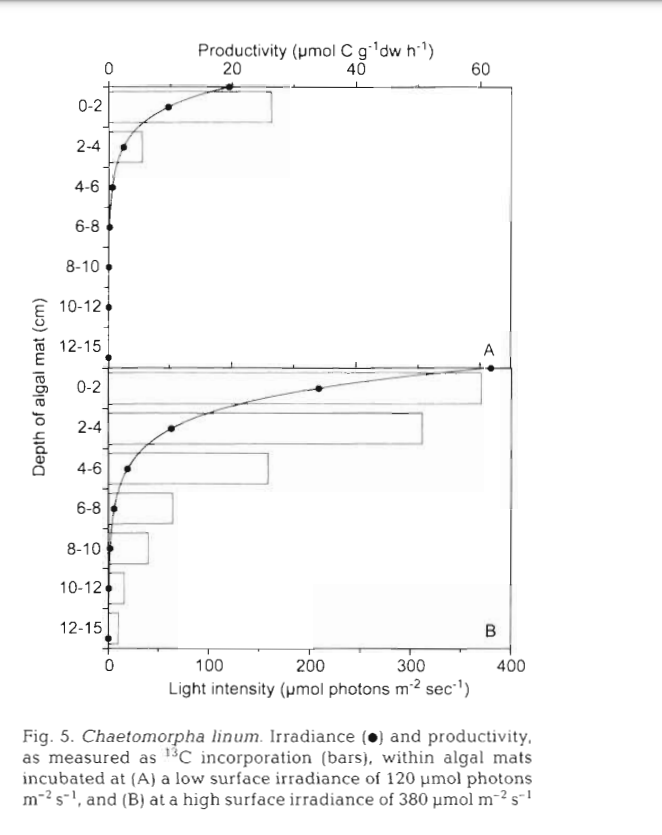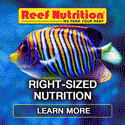Now for nutrients.
Nutrients are defined as inorganics, not organics. The word “nutrient” is sometimes confused with “nutrition”, and maybe in restaurants the words might mean the same thing, but for aquarists they are totally different. Nutrition food particles are mostly visible, but nutrients are invisible, and for aquariums the nutrients are:
Ammonia/ammonium
Urea (pee)
Nitrite
Nitrate
Phosphate
Iron
CO2
Organics: These are food particles, and most of them are big enough to see. They can be apples, pellets, nori, baby brine shrimp, flakes, peanut butter, poop, mucus, leaves, twigs, fish eggs, and other types of detritus, all of which are eaten/consumed by some type of organism. Organics are usually very visible when concentrated, and only after the organics get digested by a long chain of animals and bacteria do organics become invisible inorganics (this is called “remineralisation”, because they are now basic minerals once again). Organic food particles (which include waste) can be large, small, or dissolved, and if dissolved in water, that water may be cloudy or clear. For example, if you take mucus and blend it in water, after the bubbles go away the resulting dissolved organics would be invisible. Natural reefs are highly loaded with organics, especially at night (sometimes a night diver cannot see his own hand because of the camera light reflecting off of the mass of particles). Lakes are also loaded with organics, so much so that sometimes you cannot see more than a meter underwater in full daylight. Aquarium keepers however tend to want ultra “clear” water, where all the natural food particles are removed.
Algal Structure: The structure of algal cells make the algae thick or thin; solid or soft. The thinner the algae is, the more surface area it has, just like small particles of sand have more surface area than larger pebbles. This increased surface area has more contact with water around it and thus can pull in nutrients faster. And the softer the algae is, the less structural cellulose-like material (like celery) it has. Hard structural cells, like celery, are great for holding a shape but bad for photosynthesis because there are less photosynthetic cells. A tree branch is harder than a leaf, but all the photosynthesis is done in the leaf. For for faster nutrient absorption, you want thin and soft algae.
Chaeto: Has a firm structure that holds its shape, and is about 1 mm in thickness. Nutrient absorption is slow.
Green Hair: Has a soft structure that does not hold its shape, and is about 0.5 mm in thickness. Nutrient absorption is faster.
Slime: Is all soft and photosynthetic.
Light: Photosynthesis does all the nutrient filtering, and light is required for this; if light is reduced, then filtering is reduced. Two facets of algal cells can alter this light: translucency and self-shading. Translucency is the ability of light to go through a strand of algae; if light can do this, the light can reach cells further inside or on the other side of the strand, and do more filtering there. Self-shading is when one strand of algae shades another strand; when this happen to a large degree, the growth of inner portions of a clump of algae slows down or dies, as outer growth is added over it. Thus, the clump may appear to be increasing in size but the inner portions will actually be dying and putting nutrients back into the water, sometimes faster than the newer outer layers are taking the nutrients out of the water. And the larger the clump is, the more the inside starts dying. Only the outside portion grows.
Chaeto: Non-translucent (opaque), with high shading of other strands.
Green Hair: Medium to high translucency, with medium shading.
Slime: Low translucency when thick, and high shading.
 The following study shows the light-blocking characteristics of chaeto: “Production within dense mats of the filamentous macroalga Chaetomorpha linum in relation to light and nutrient availability”
The following study shows the light-blocking characteristics of chaeto: “Production within dense mats of the filamentous macroalga Chaetomorpha linum in relation to light and nutrient availability”
http://www.int-res.com/articles/meps/134/m134p207.pdf
Figure 5 in the paper shows how, under bright light, chaeto productivity (filtering) drops 72 percent with just 2 cm of chaeto thickness. And this does not take into account any dying chaeto underneath.
With green hair algae, the green hair filaments are very thin and translucent, so light and water flow spread throughout the algae, thus maximizing filtering. Less of the algae is “on the dark side of the growth” like it is on almost all parts of chaeto.
Roots: The ability of algae to hold on to a solid surface determines how many nutrients will flow by and through it. Just like if you stand still in a river passing by your feet. Once algae “lets go”, however, not only do you lose it in your system, but nutrients are no longer flowing through it as much.
Chaeto: Does not attach at all, so must be contained.
Green Hair: Attaches well until flow or light is blocked by overgrowth for several days.
Slime: Almost no attachment.










0 Comments